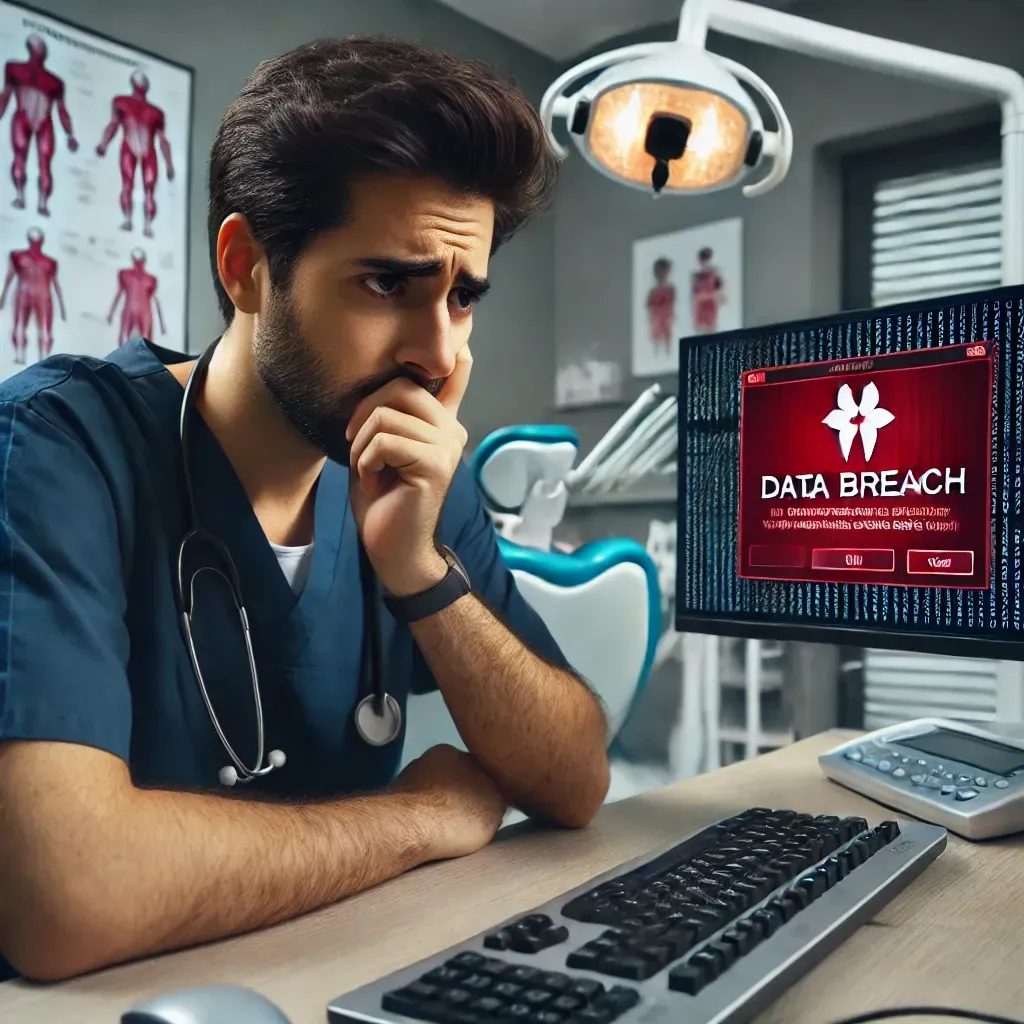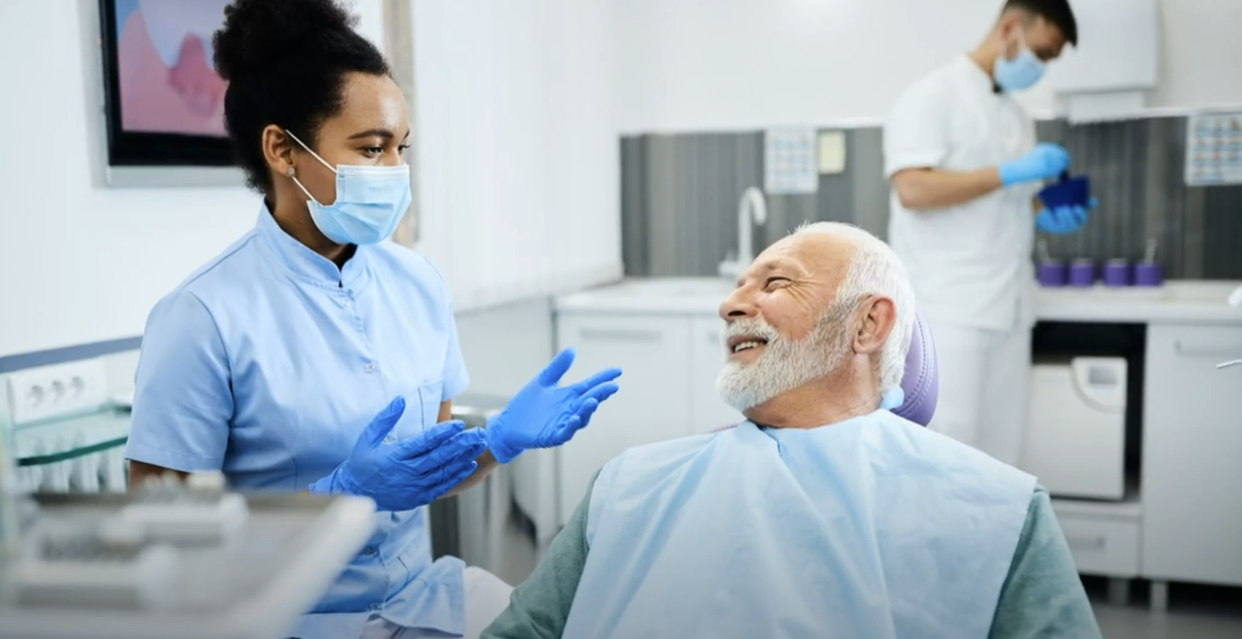
The Dangers of Neglected Infection Control in Dental Offices

In the world of dentistry, the mission is simple: ensure every smile is as vibrant and healthy as it can be. Yet, lurking beneath the pristine surfaces of dental chairs and gleaming instruments, a threat can shatter this mission: neglected infection control.
Let's pull back the dental chair curtain and reveal the stark reality: Inadequate infection control in dental offices can lead to many nightmarish scenarios. Dental offices that fail to comply with CDC Infection Control guidelines and OSHA regulations may experience breaches. These can lead to large amounts of money spent on testing and medical care for those affected and possibly loss of licensing.
A solid infection control program begins with an Infection Control Plan. This plan should consider workplace hazards and develop policies and protocols to diminish or eliminate these risks. By incorporating team awareness, training, and policies in the plan, dental facilities can prevent the most common infection control breaches listed below.
1. Improper Hand Hygiene
We know that your days are packed with patient appointments, sterilizing instruments, cleaning operatories, and keeping everything running smoothly. But here's something that can't be overstated: hand hygiene. It's the foundation of infection control, and inadequate hand hygiene can have dire consequences.
Improper hand hygiene can lead to the transmission of pathogens between dental staff and patients, increasing the risk of cross infections.
To make this manageable in your busy day, we recommend:
- Adequate training for your staff.
- Posting signs around the office to serve as reminders.
- Gentle corrections and cues for team members when needed.
- Ensuring your whole team is committed to making hand washing a top priority.
- Random observations to ensure it’s being performed when and as recommended.
2. Improper Use of Personal Protective Equipment (PPE)
It can be a struggle to ensure everyone is using Personal Protective Equipment (PPE) correctly. Lack of training, supply shortages, and misconceptions can hinder proper usage. Non-compliance can be detrimental, potentially increasing the risk of infection transmission during dental procedures affecting dental staff and patients. To address this, it's crucial to provide adequate PPE to all staff, train them in its correct usage, and enforce its consistent use during patient care, cleaning, and device sterilization.
Dental infection control should include:
- Review tasks performed throughout the day and create policies and procedures outlining necessary PPE
- Periodically review donning and doffing procedures.
- Provide adequate PPE for all staff. Ensure correct size and fit for all staff members.
- Conduct comprehensive training.
- Enforce consistent use during patient care.
- Enforce consistent use during environmental cleaning.
- Enforce consistent use during instrument disinfection and sterilization.
Not only does this protect your patients, but it also instills confidence in your safety program.
3. Inadequate Sterilization and Disinfection of Dental Instruments
Sterilization and disinfection are the unrewarded heroes of infection control. Properly executed, they eliminate the risk of transmitting infectious diseases between dental patients and healthcare workers.
Sterilization destroys and eliminates all microbial life forms, including bacteria, viruses, and spores. It is needed for instruments that encounter body fluids or the bloodstream. Disinfection reduces the number of pathogenic microorganisms to a level considered safe for patient contact. Disinfection is typically used for surfaces and non-critical instruments that do not penetrate body tissues.
Dental instruments are classified as:
- Critical Instruments: These instruments directly contact body tissues or the bloodstream and include scalpels and needles. They must be sterilized using methods that achieve a high level of microbial kill.
- Semi-Critical Instruments: These instruments contact mucous membranes or non-intact skin, but they do not penetrate body tissues. They should be either sterilized or subjected to high-level disinfection.
- Non-Critical Instruments: These instruments come into contact with intact skin and do not penetrate mucous membranes or body tissues. They can be disinfected using low-level disinfection.
Sterilization Methods:
Standard methods of sterilization for critical and semi-critical dental instruments include:
- Autoclaving: Steam under pressure is the most commonly used method for sterilization.
- Dry Heat Sterilization: Some instruments may be sterilized using dry heat ovens.
- Chemical Vapor Sterilization: Instruments can be sterilized using chemical vapors.
- Ethylene Oxide (ETO) Sterilization: ETO gas may be used for items that cannot be autoclaved.
Disinfection Methods:
- High-level disinfection is often achieved using chemical disinfectants approved for medical and dental use.
- Intermediate-level disinfection may be used for semi-critical instruments.
- Low-level disinfection is suitable for non-critical instruments and environmental surfaces.
To ensure that dental practices are safe and effective, it is important to establish protocols and assign responsible parties to monitor and document sterilization and disinfection processes. This can involve using chemical, mechanical, and biological indicators, as well as keeping detailed records. Dental healthcare providers need to receive proper training on sterilization and disinfection procedures, to ensure compliance and patient safety. It is important to clean and decontaminate dental instruments immediately after use and before sterilization or disinfection. Proper maintenance of equipment is also crucial to ensure that it functions properly.
Inadequate sterilization and disinfection of dental instruments represent a critical breach in dental infection prevention and control. Research shows that lapses in instrument disinfection and sterilization can contribute to dental healthcare-associated infections (HAIs). These lapses can occur due to equipment malfunction, improper technique, or insufficient training.
The consequences of this breach are severe. Patients can develop infections, including oral infections and systemic illnesses, from contaminated dental instruments. Healthcare offices may face hefty fines and legal actions as consequences. According to Centers for Disease Control and Prevention (CDC), each day, approximately 1 in 31 U.S. patients contracts at least one infection in association with their healthcare, underscoring the need for improvements in patient care practices in U.S. healthcare facilities.
4. Needlestick and Sharps Injuries
Accidental needlestick and sharps injuries can expose dental healthcare workers to bloodborne pathogens like hepatitis B and hepatitis C. According to the CDC, an estimated 600,000 needlestick injuries and other transdermic injuries occur annually among healthcare workers in the United States. The CDC also reports that about 1 out of 300 healthcare workers accidentally stuck with a needle from someone with HIV get infected. These injuries can happen during the handling and disposal of needles, scalers, or other sharp dental instruments.
The consequences of needlestick injuries can be long-term and potentially life-threatening. Dental workers can contract bloodborne infections, leading to health complications.
To mitigate this risk:
- Prioritize staff training in safe handling and disposal of sharps.
- Use safety-engineered devices. Each year, you are required to review potentially safer sharps devices.
- Maintain and use sharps disposal containers.
- Regularly review and update sharps handling procedures.
5. Cross-contamination from Contaminated Surfaces and Equipment
It is crucial to keep a dental office free from cross-contamination caused by contaminated surfaces and equipment. Failure to properly clean and disinfect dental surfaces and equipment can result in harmful bacteria and viruses lingering, which poses a significant risk to both patients and healthcare providers. Research shows that Hepatitis B can live on surfaces for 7 days.
Instruments used in invasive procedures that come into contact with bodily fluids must be sterilized to eliminate microorganisms. Even seemingly harmless surfaces, such as doorknobs and light switches, can be breeding grounds for germs if not regularly disinfected. To ensure a safe and healthy environment, dental teams must adhere to strict protocols, including wearing gloves, masks, and other protective gear and meticulously cleaning and disinfecting all surfaces and instruments. This not only ensures the well-being of their patients but also their staff. Inadequately cleaned and disinfected surfaces and equipment can lead to cross-contamination, a serious concern in dental offices. These incidents can occur due to oversight or lapses in cleaning protocols and can have varying consequences.
To prevent this:
- Adhere to strict protocols.
- Meticulously clean and disinfect all surfaces and devices using EPA-approved products.
- Establish comprehensive cleaning and disinfection schedules and ensure they are followed.
The consequences of cross-contamination are far-reaching. It can lead to the transmission of pathogens between patients and dental staff, potentially causing infections and harm. To prevent this, it's essential to develop a comprehensive cleaning and disinfection schedule for all surfaces and equipment, with a particular focus on high-touch areas.
6. Improper Management of Dental Unit Waterlines
Failure to maintain and disinfect dental unit waterlines can lead to biofilm growth and the potential release of waterborne pathogens during procedures. In recent years, there have been reports of human illnesses and deaths caused by contaminated water from dental unit waterlines.
Biofilm buildup in dental unit waterlines can result from non-compliance with maintenance and disinfection protocols, potentially releasing waterborne pathogens during dental procedures, posing a risk to patients and dental staff.
To mitigate this risk, consider:
- Test waterline bacterial count.
- Regularly disinfect dental unit waterlines following manufacturer recommendations.
- Work with equipment manufacturers to ensure that their dental treatment water meets or exceeds the standards set by EPA for drinking water.
- Use commercial devices and procedures to improve water quality.
- Use source water containing less than 500 CFR/mL of bacteria.
- Clean self-contained water systems.
- After each patient, run any dental device used in the mouth and connected to the dental water system for a minimum of 20-30 seconds.
Conclusion
In conclusion, neglected infection control in dental offices poses serious risks. From improper hand hygiene to inadequate sterilization, the consequences can be severe for both patients and staff.
To mitigate these risks, dental practices must prioritize proper hand hygiene, ensure correct PPE use, maintain meticulous instrument sterilization and disinfection, address needlestick injuries, prevent cross-contamination, and manage waterlines effectively.
Neglecting infection control can not only lead to patient infections and legal consequences but also put the safety of staff members at risk. Therefore, dental professionals must invest in training, equipment maintenance, and safety culture to provide quality care and ensure the safety of everyone involved in the mission of dentistry: vibrant, healthy smiles free from infection.
The learning doesn’t stop here; treat your staff to engaging, practical infection control training for dental professionals. Not only is Infection Control Certification required for your license, but it’s also best practice and should be conducted annually. Plus, it's a great opportunity to engage with your staff and ensure everyone is on the same page.
Don't let infection control breaches jeopardize your patients' health and your practice's reputation. Sign up for Infection Control Training today!
Sources:
Sharps Safety for Healthcare Settings | CDC
From Policy to Practice: OSAP’s Guide to The CDC Guidelines
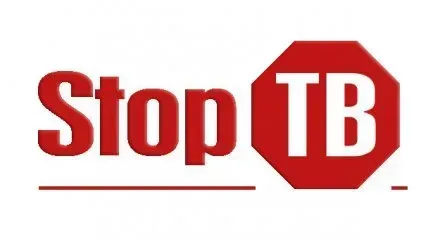

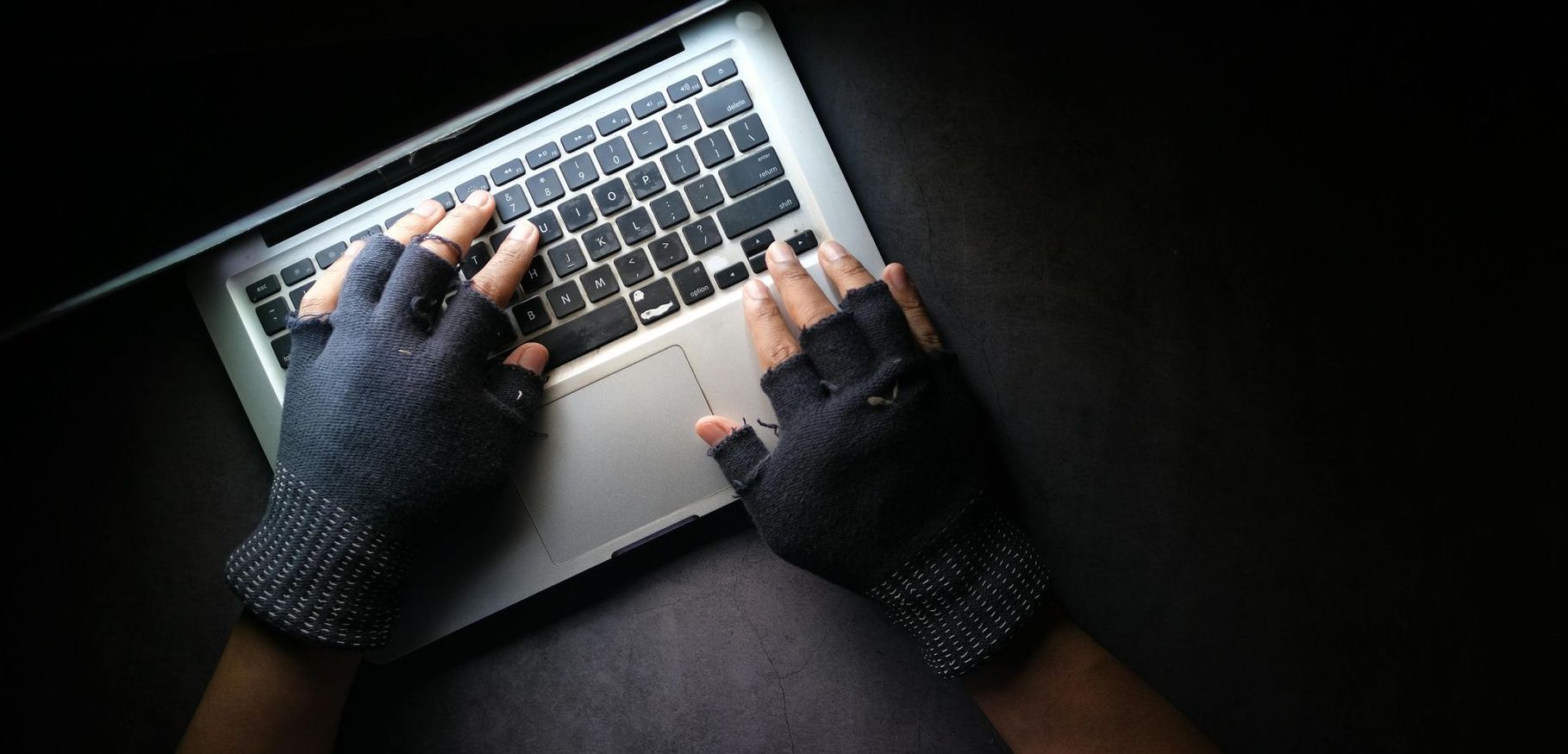
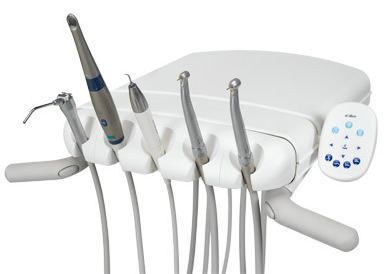


OSHA and HIPAA compliance training and consulting for healthcare providers in Portland, Salem, Eugene, Bend, Roseburg, Medford, Grants Pass, and surrounding areas.
All Rights Reserved | Healthcare Compliance Associates
NAVIGATION
OSHA and HIPAA compliance training and consulting for healthcare providers in Portland, Salem, Eugene, Bend, Roseburg, Medford, Grants Pass, and surrounding areas.
CONTACT US
- Mon - Fri
- -
- Sat - Sun
- Closed
All Rights Reserved | Healthcare Compliance Associates

